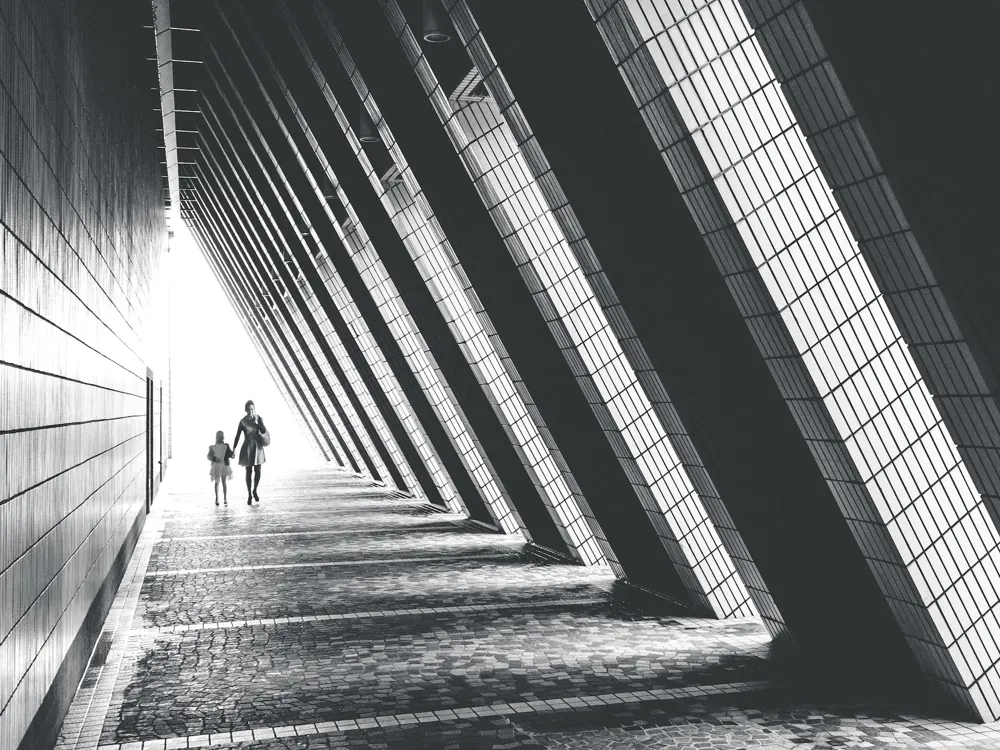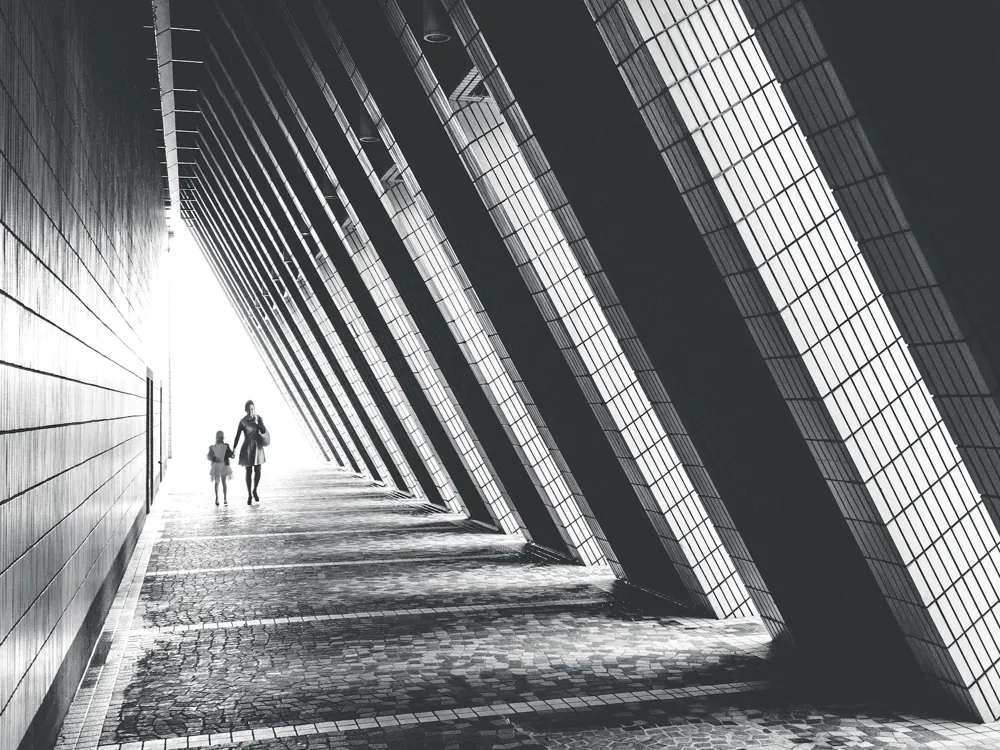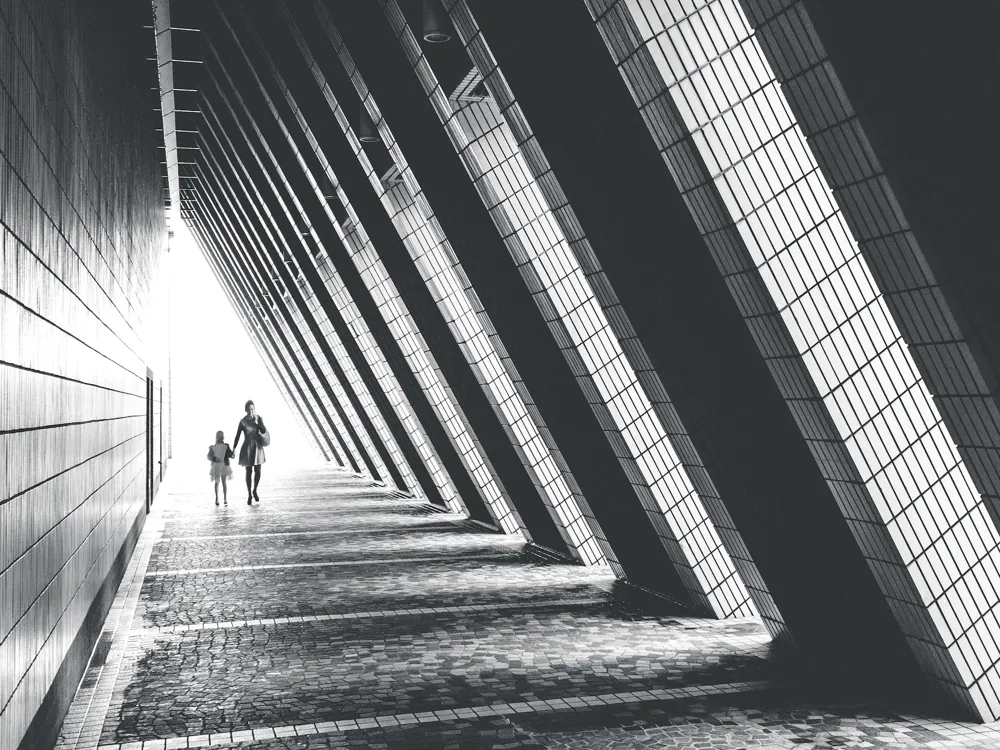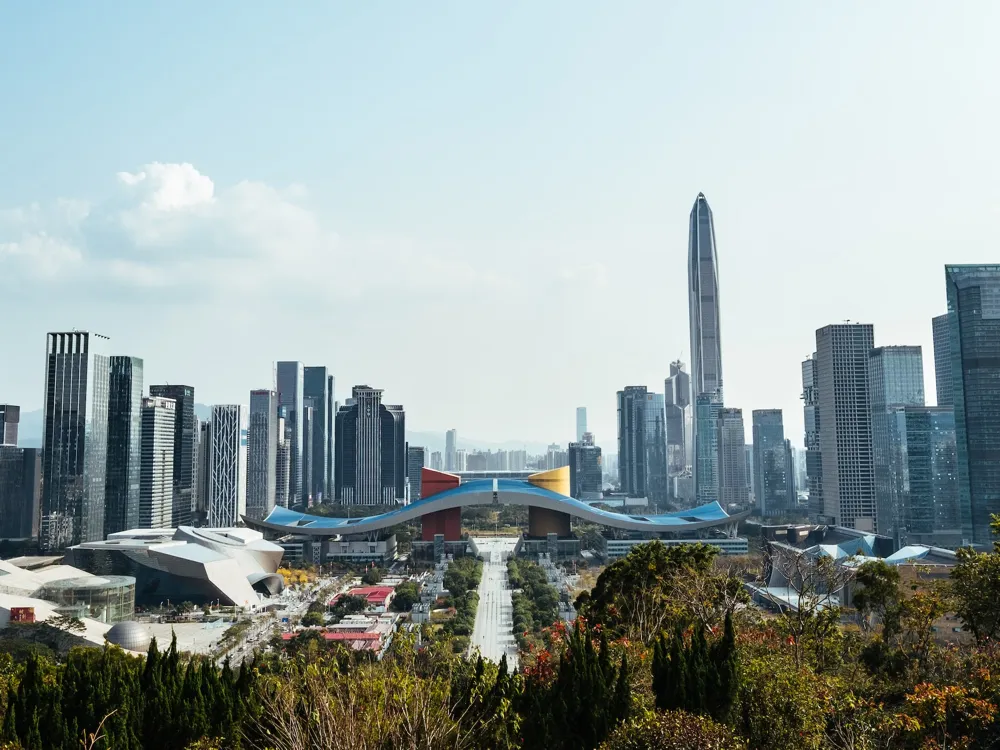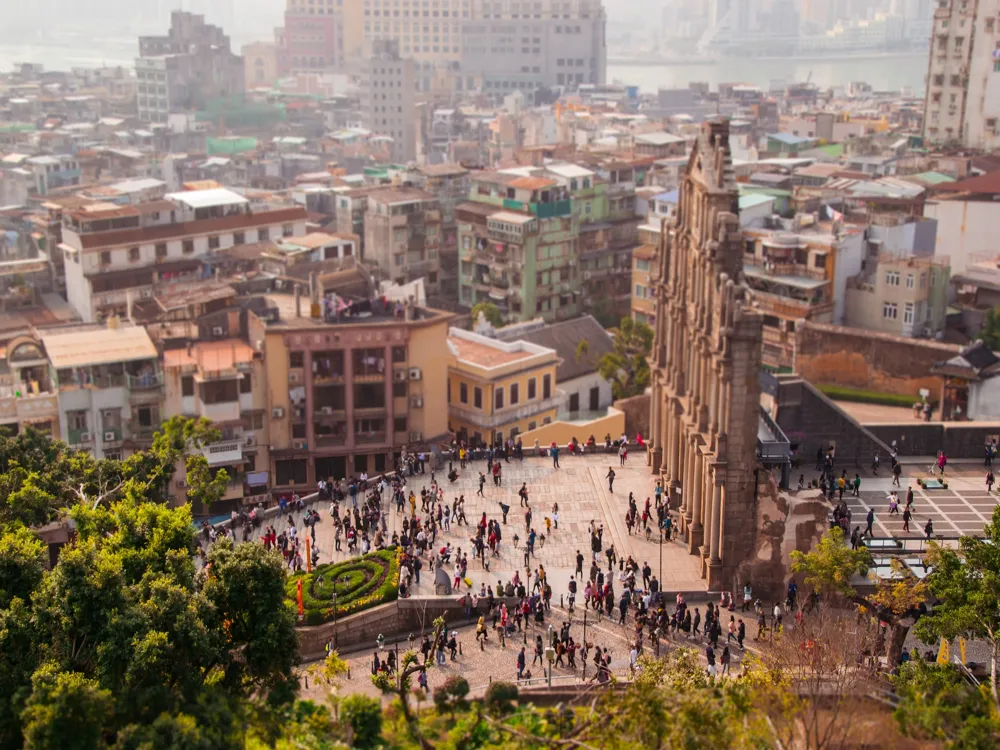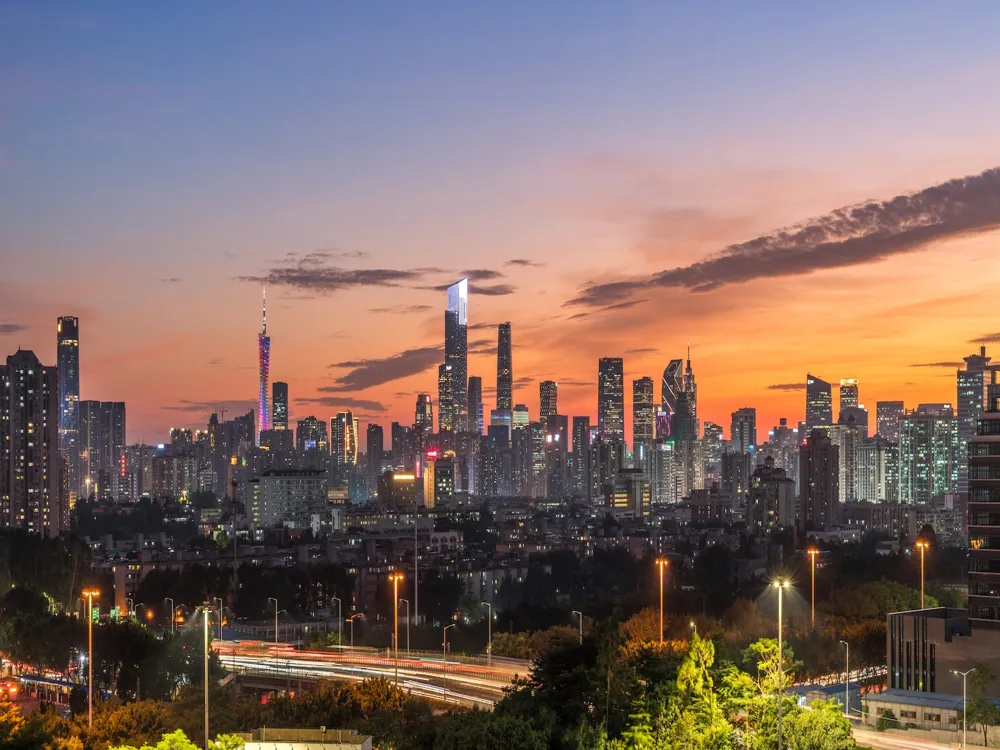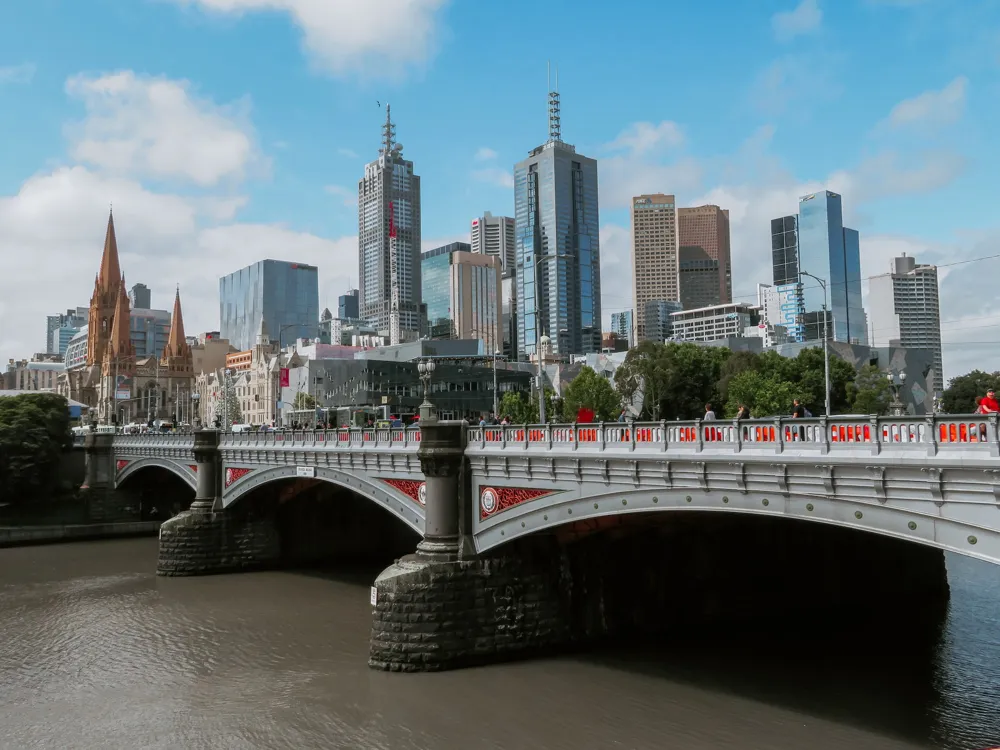The Central and Western Heritage Trail in Hong Kong is a mesmerizing journey through time, showcasing the rich historical and cultural tapestry of this vibrant city. Spanning several districts in the Central and Western areas of Hong Kong Island, this trail offers a unique glimpse into the city's colonial past and its transformation into a global metropolis. Visitors can explore a variety of historical sites, ranging from ancient temples and traditional markets to colonial buildings and modern skyscrapers, each telling its own story of Hong Kong's diverse heritage. The trail is divided into three distinct routes, each focusing on a different aspect of the area's history and culture. The 'Historical Architecture Route' highlights the colonial-era buildings and institutions that played a crucial role in Hong Kong's development. The 'Central Route' takes visitors through the heart of the financial district, showcasing a mix of old and new architectural marvels. Lastly, the 'Western Route' delves into the traditional Chinese influences in the area, with historic temples and old residential buildings. Along the way, one can enjoy not just the architectural wonders but also the bustling street life, local delicacies, and vibrant markets that make Hong Kong truly unique. Engaging in this trail is like walking through a living museum, offering insights into how Hong Kong's past has shaped its present. It is a journey that appeals not only to history buffs but also to those interested in architecture, culture, and urban development. The Central and Western Heritage Trail is not just a tourist attraction; it's a profound educational experience that resonates with the heart and soul of Hong Kong. The architecture of the Central and Western Heritage Trail is a fascinating blend of Eastern and Western influences, reflecting Hong Kong's unique position as a crossroads of cultures. This architectural diversity is evident in the various structures that line the trail, each representing different periods and styles, from Victorian and Edwardian to Traditional Chinese and Art Deco. The trail's Historical Architecture Route is particularly notable for its colonial-era buildings. These include the Former Legislative Council Building, which combines neoclassical elements with local materials and techniques, and the Old Central Police Station, a testament to the Victorian architectural influence in Hong Kong. Other significant structures include the Court of Final Appeal Building and St. John's Cathedral, both exemplifying British colonial architecture's grandeur and elegance. In contrast, the Central Route showcases a modern architectural landscape. Here, skyscrapers like the HSBC Main Building and the Bank of China Tower stand as symbols of Hong Kong's financial prowess and architectural innovation. These modern giants, designed by world-renowned architects, incorporate feng shui principles and cutting-edge technology, reflecting the city's blend of tradition and modernity. The Western Route offers a more traditional perspective, with ancient temples such as the Man Mo Temple, characterized by intricate carvings and traditional Chinese tiled roofs. The route also features historic residential buildings like the Lung On and Wing Lee Streets, where one can witness the traditional Tong Lau architecture, a style that blends Southern Chinese and European architectural elements. The Central and Western Heritage Trail's architecture is not just about the buildings themselves but also about the stories they tell. These structures are physical manifestations of Hong Kong's complex history, showcasing the city's evolution from a small fishing village to a global financial hub. They serve as a reminder of the cultural exchanges, historical events, and social transformations that have shaped Hong Kong's identity. Before embarking on the Central and Western Heritage Trail, it's essential to plan your route. Decide whether you want to explore all three routes or focus on a specific area. Check the opening hours of key attractions, as some may have limited visiting hours. It's also advisable to wear comfortable walking shoes and bring a hat and sunscreen, as the trail involves a fair amount of walking outdoors. When visiting temples and traditional sites along the trail, remember to respect local customs and religious practices. Dress modestly, avoid loud conversations, and ask for permission before taking photographs. It's also important to be mindful of the residents living in historical neighborhoods and maintain a respectful distance from private properties. The Central and Western districts are known for their diverse culinary scene. Take the opportunity to try local snacks and dishes at traditional eateries along the way. However, be mindful of eating etiquette and avoid littering. Carrying a reusable water bottle is also recommended, as walking the trail can be thirsty work. Make sure your phone is fully charged, as it can be a valuable tool for navigation and information. Consider downloading a map of the trail or using GPS apps to stay on track. Free Wi-Fi spots are available in some areas, which can be helpful for real-time information or in case of emergencies. The Central and Western Heritage Trail is easily accessible by various modes of transportation. The most convenient way is by MTR (Mass Transit Railway), with stations like Central, Sheung Wan, and Sai Ying Pun located close to different sections of the trail. Buses and trams are also viable options, offering a scenic route through the heart of Hong Kong. For those preferring a more personalized journey, taxis are readily available, though it's advisable to have the address of your destination written in Chinese to aid the driver. Lastly, for visitors staying in central areas, walking to the trail is a feasible and enjoyable option, allowing one to immerse in the city's vibrant street life en route. Read More:Overview of Central and Western Heritage Trail, Hong Kong
Architecture of Central and Western Heritage Trail
Tips When Visiting Central and Western Heritage Trail
Planning Your Visit
Local Etiquette and Cultural Sensitivity
Food and Refreshments
Staying Connected
How To Reach Central and Western Heritage Trail
Central and Western Heritage Trail
Hong Kong
NaN onwards
View hong-kong Packages
Hong-kong Travel Packages
View All Packages For Hong-kong
Top Hotel Collections for Hong-kong

Private Pool

Luxury Hotels

5-Star Hotels

Pet Friendly
Top Hotels Near Hong-kong
Other Top Ranking Places In Hong-kong
View All Places To Visit In hong-kong
View hong-kong Packages
Hong-kong Travel Packages
View All Packages For Hong-kong
Top Hotel Collections for Hong-kong

Private Pool

Luxury Hotels

5-Star Hotels

Pet Friendly







